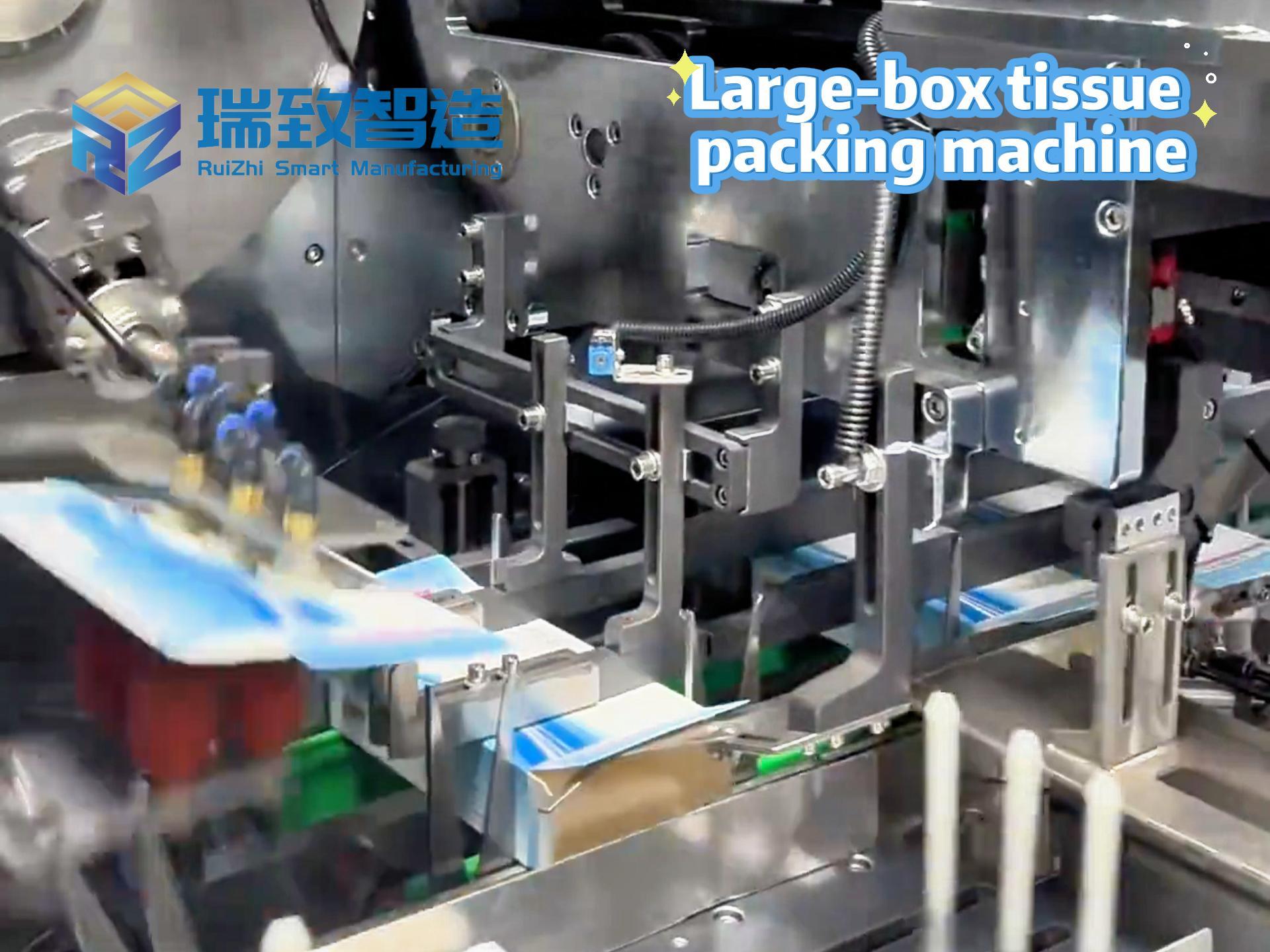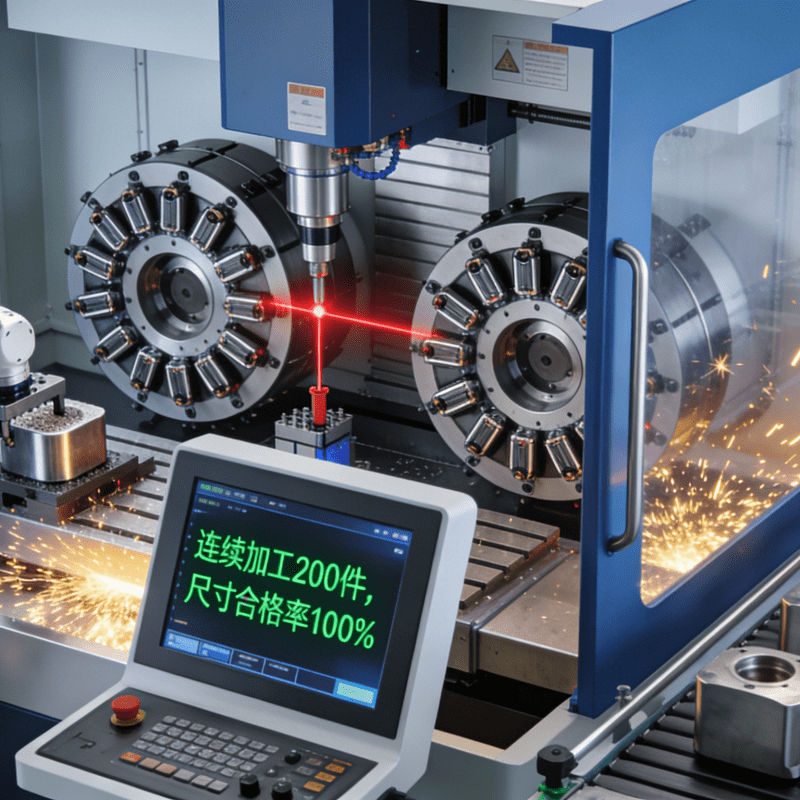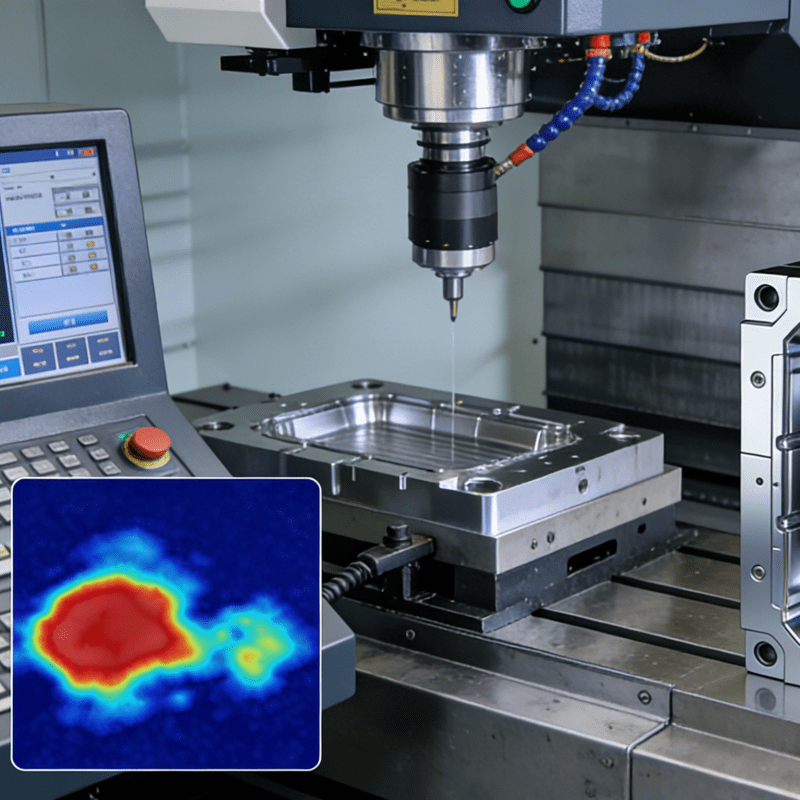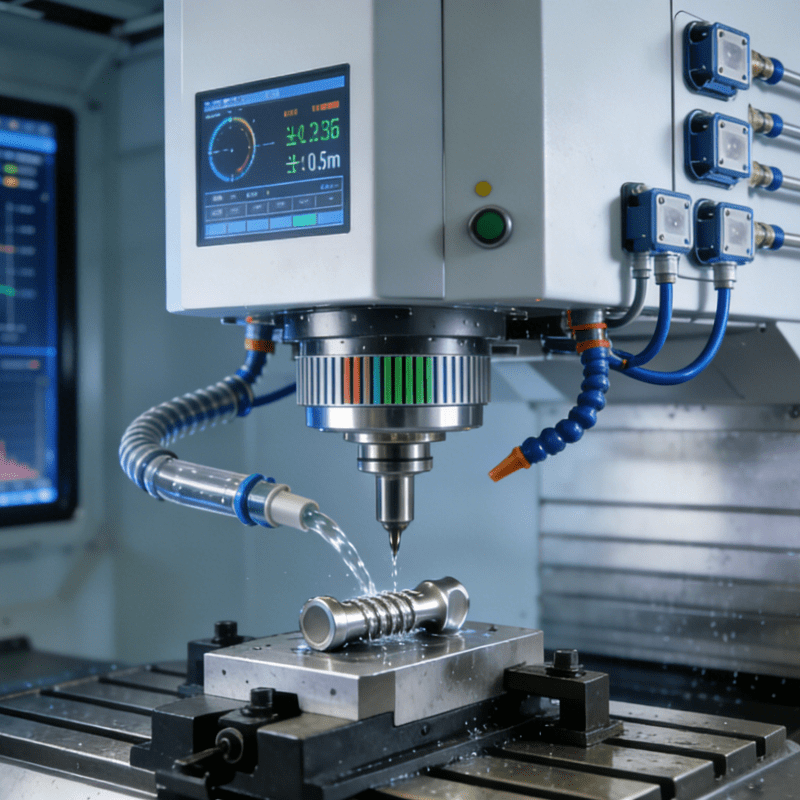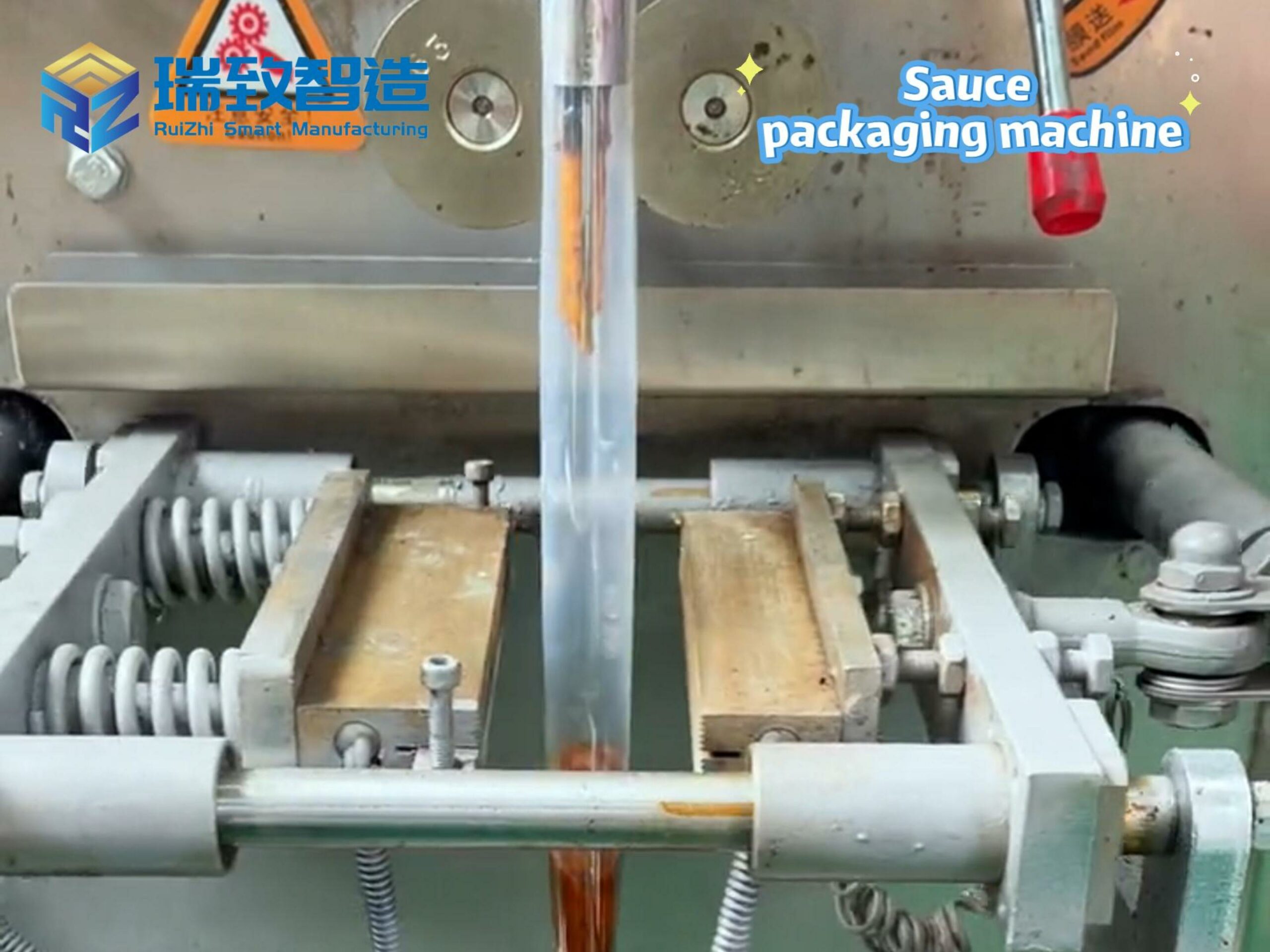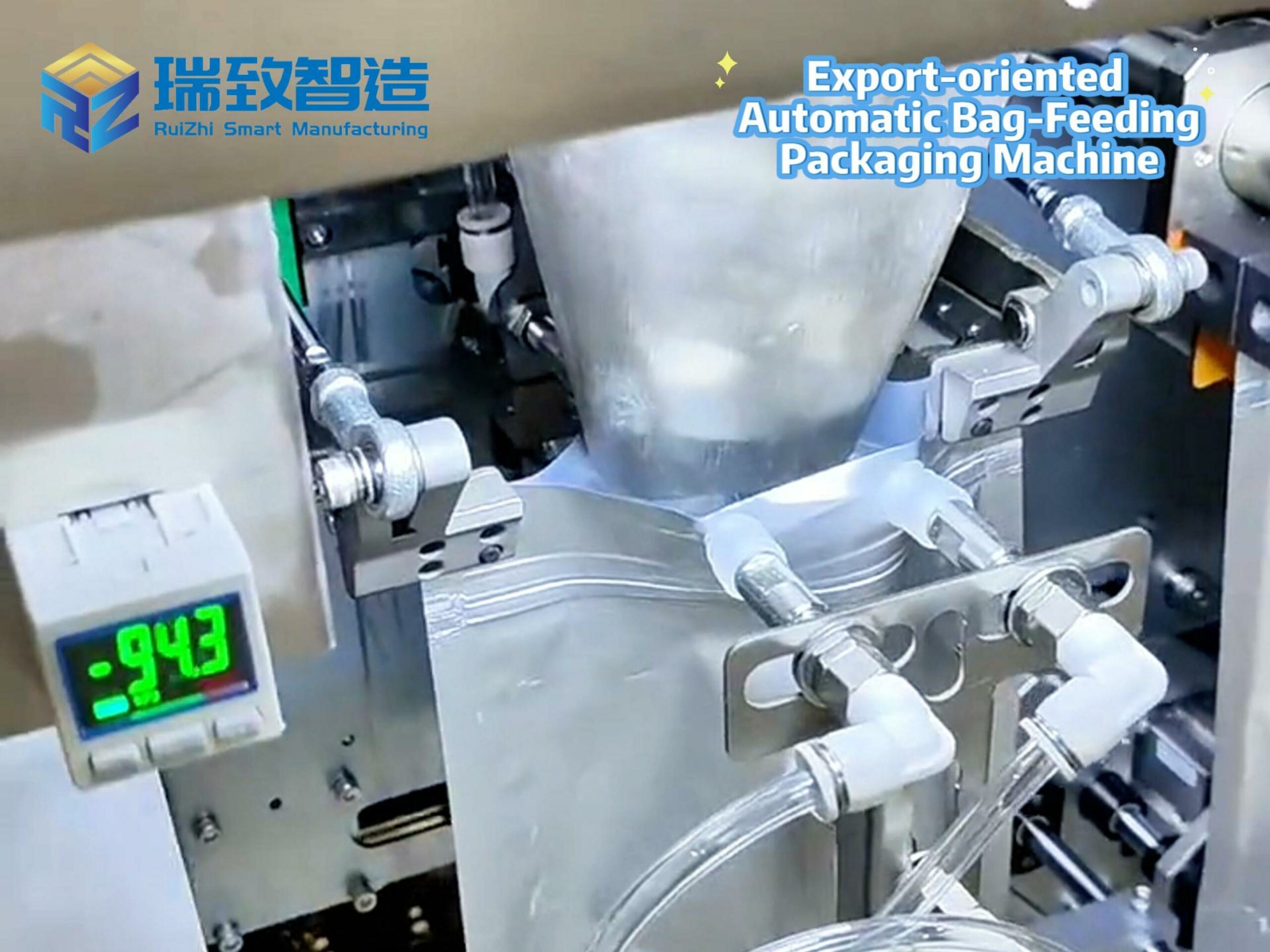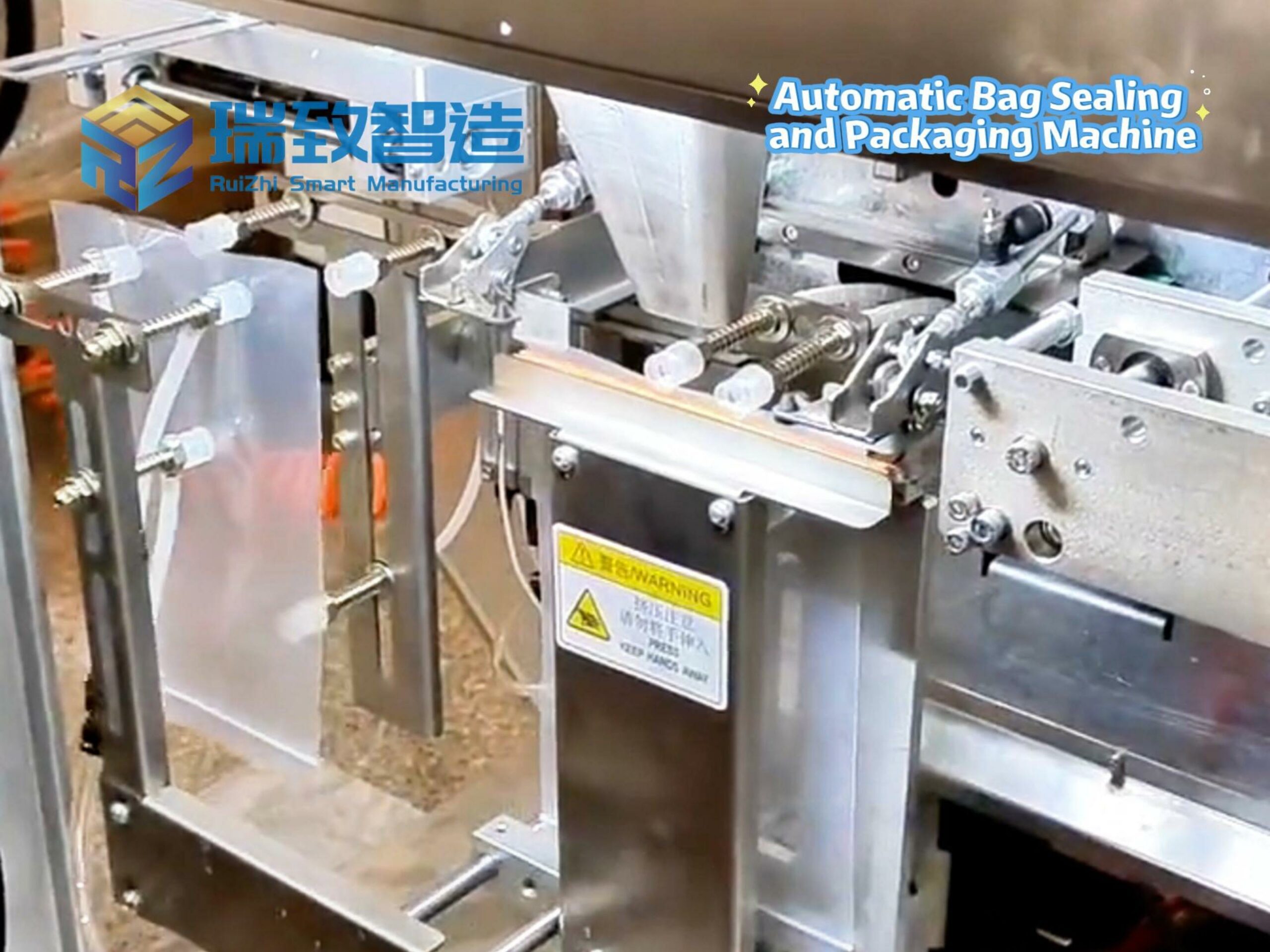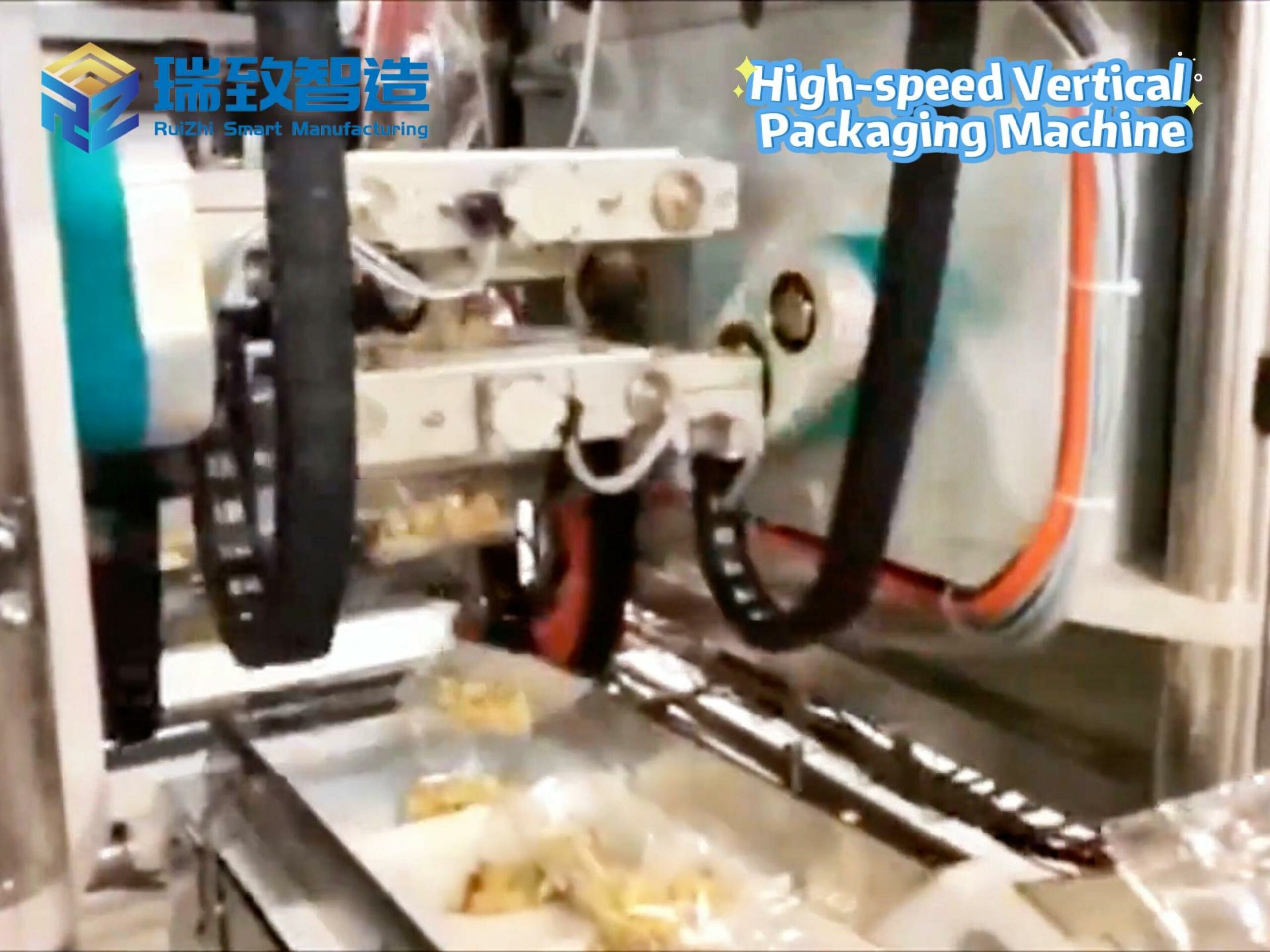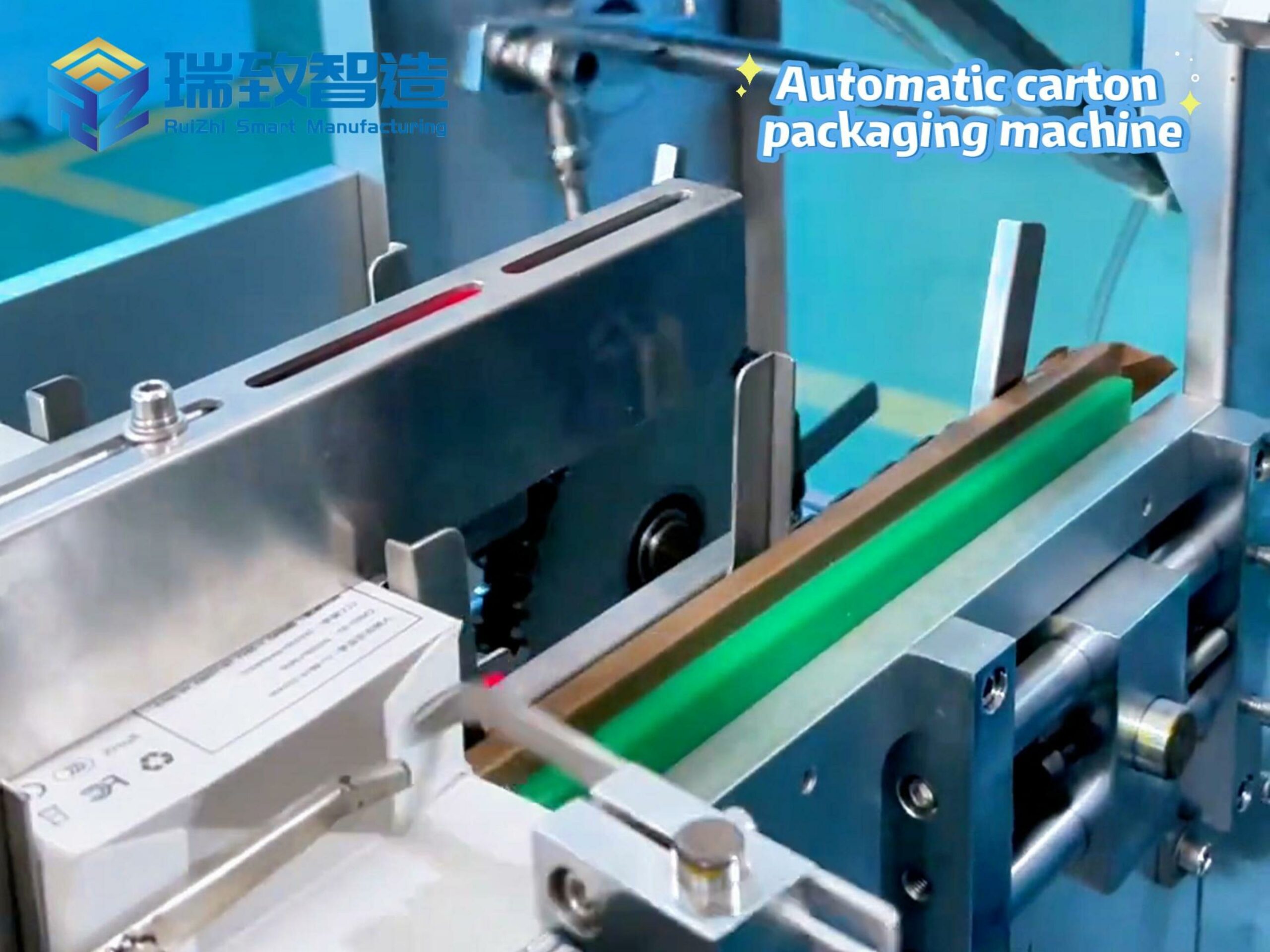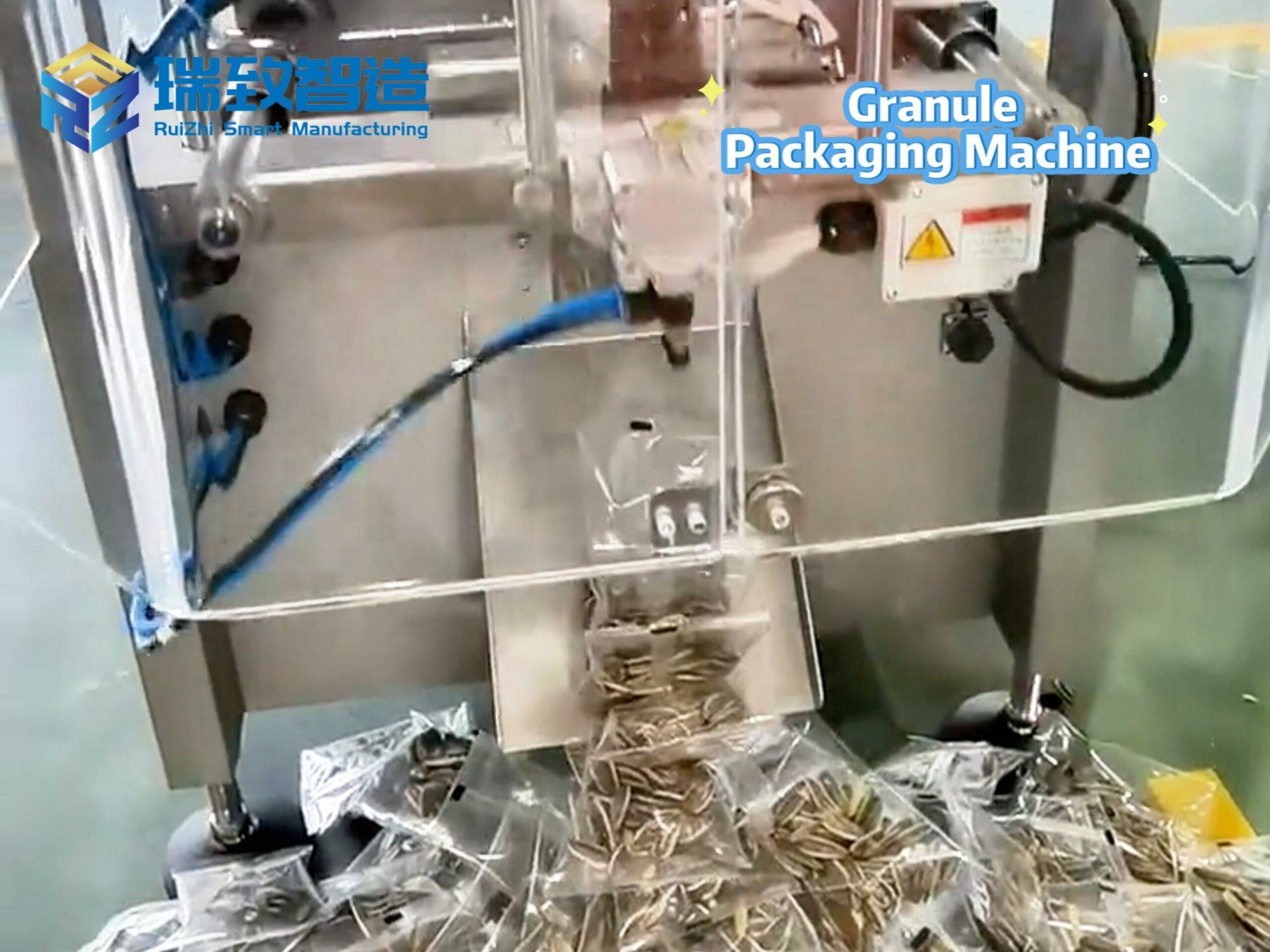
Currently, artificial intelligence (AI) technology continues to undergo transformative breakthroughs, bringing a new round of important development opportunities to the intelligent terminal industry. To thoroughly implement the national “AI +” strategic deployment, foster and expand Shanghai’s intelligent terminal industry, and build up Shanghai’s intelligent terminal brand, this Action Plan is formulated. By 2027, Shanghai’s intelligent terminal industry will continue to grow larger and stronger, with an overall scale exceeding 300 billion yuan. It will cultivate more than 3 consumer terminal brands with global influence, nurture 2 leading enterprises, and achieve the scale of three “10 million units” — specifically, the scale of AI computers, AI smartphones, and new AI terminals will each reach over 10 million units.
Action for Building Core Terminal Products
Accelerate the development of AI computers
Nurture leading brands of AI computers, build production bases with an annual capacity of 10 million units, and support the comprehensive transformation of Shanghai’s traditional computer production capacity to AI computers. Promote AI computers to evolve into next-generation intelligent productivity hubs that integrate edge-side large models, distributed computing power scheduling, and multi-modal human-computer collaboration, and build terminal carrying capabilities for an intelligent computing network with “terminal-edge-cloud” collaboration. Accelerate the application and optimization of edge-side models, strengthen hardware-software collaboration capabilities, and continuously enhance the intelligence level of computers.
Layout AI smartphone products
Attract and cultivate AI smartphone terminal brands, accelerate the deployment of AI smartphone production capacity, and fill the gap in Shanghai’s smartphone terminal capabilities. Promote AI to drive changes in smartphone interaction methods, focus on breakthroughs in edge-side large models and multi-modal interaction technologies, and strengthen edge-side reasoning capabilities through the integration of hardware and software. Encourage the R&D of AI-native operating systems, deeply integrate capabilities such as voice intent understanding and environmental perception, and create intelligent assistants with real-time scenario understanding and cross-device collaboration.
Expand the scale of intelligent computing terminals
Accelerate the layout of edge intelligent computing all-in-one terminals, develop reasoning all-in-one products that support the lightweight of large models, create plug-and-play AI edge-terminal solutions, and accelerate the empowerment of AI in thousands of industries. Build an industrial cluster of intelligent computing server terminals, enhance the optimization capabilities of 10,000-card cluster systems, gather high-quality domestic intelligent computing server enterprises, achieve a scale of 10 billion yuan, and drive the large-scale application of core components such as independent GPUs and interconnection modules.
Strengthen the capabilities of robot terminals
Develop humanoid robot products that can listen, speak, possess emotional intelligence, intellectual intelligence, and practical skills, support the R&D and mass production of humanoid robots, and promote the accelerated industrialization breakthrough of core components such as edge-side chips, dexterous hands, and batteries. Promote the collaboration between complete industrial robots and their components, focus on weak links such as key parts and high-end complete machines, and fill gaps in the industrial chain. Accelerate the penetration of robot terminal products into the consumer market, and develop consumer robot products such as companion robots and household robots.
Support the capability leap of smart glasses
Focus on the three product forms of AR, MR, and VR glasses, accelerate the development of a number of leading smart glasses brands, and form a complete product matrix covering consumer-grade, enterprise-grade, and professional-grade. Support enterprises to strengthen the edge-side processing capabilities of smart glasses, and focus on breaking through key technologies such as multi-modal interaction, spatial computing, lightweight, low power consumption, long battery life, and full-color display. Improve the smart glasses developer ecosystem, create new Internet entry points, expand application scenarios, and accelerate the implementation of innovative applications in fields such as industry, medical care, education, and disability assistance.
Cultivate satellite Internet terminal products
Focus on the deployment of low-orbit satellite constellations and application implementation needs, continuously explore and expand business scenarios, and build a terminal system covering fields such as ocean, aviation, and emergency response. Build intelligent production lines for satellite terminals, create Shanghai brands of satellite terminals, and accelerate the formation of production scale capabilities and shipment scale of 100,000-level satellite terminal complete machines. Promote the development of supporting industries such as upstream phased array antennas, radio frequency devices, and core chips, and build the core competitiveness of satellite terminals.
Stimulate the vitality of silver economy terminals
Focus on functional needs such as health monitoring, perception enhancement, safety early warning, and convenient communication, support the development of innovative products such as AI hearing aids, autonomous driving wheelchairs, intelligent blind-guiding devices, wearable monitoring devices, home emotional companion terminals, and intelligent bionic prosthetics. Promote the functional optimization of intelligent terminals, and upgrade towards inclusiveness, intelligence, and emotionalization. Build a bridge between the elderly and disabled groups and technological products, and accelerate the application of terminals in elderly care and disabled care fields.
Launch industrial terminal products
Support enterprises in developing industrial control, industrial testing, supply chain management, and other related terminal products that adapt to the development trend of advanced AI technology, promote changes in the production model of smart factories, achieve breakthroughs in production efficiency, and support the improvement of industrial production quality and efficiency. In particular, encourage the R&D and application of AI-integrated automatic quick-connect parts assembly machines, which can realize high-speed and precise assembly of core connectors in intelligent terminals while conducting real-time quality inspection, effectively ensuring the stability and consistency of terminal product production. Encourage enterprises to integrate AI technology into smart factory construction, apply large models in production decision-making processes, accelerate the expansion of application scenarios for industrial-grade AI terminals, and advance the empowerment of AI in the new type of industrialization.

Accelerate R&D of future terminals
Promote the industrial layout of cutting-edge technologies such as next-generation mobile communications, quantum computing, and photonic computing. Conduct research on cutting-edge technologies such as advanced wireless communications, new network architectures, and space-air-ground integration; promote R&D breakthroughs in core difficulties such as algorithm error correction in the field of quantum computing, leverage the advantages of quantum computing, develop conceptual prototypes of future terminals, and continuously explore penetration into vertical industry applications to form characteristic application scenario templates.
Innovate new consumer terminal products
Rely on the empowerment of AI technology to spawn more “new species” of intelligent terminals. Develop products such as intelligent in-vehicle terminals, intelligent wearable terminals, intelligent education terminals, intelligent companion terminals, intelligent audio-visual equipment, smart home terminals, intelligent security equipment, intelligent cameras, and holographic display terminals.
Action for Laying the Foundation of Key Terminal Technologies
Strengthen the layout of edge-side AI chips
Focus on the needs of various terminal products such as smartphones, computers, and glasses, accelerate the layout of core chips such as SoCs and CPUs, covering the three technical routes of X86, ARM, and RISC-V. Relying on the capabilities of server computing power chips, actively deploy the development of edge-side GPU chips. Support breakthroughs in key technologies of 3D heterogeneous integration, explore new memory technology routes, support the development of near-memory and in-memory computing technologies, and support the improvement of computing power and power consumption levels of chip platforms.
Enhance the performance of edge-side models
Support the development of large models for intelligent terminals and create a number of competitive edge-side model products. Accelerate the R&D of lightweight multi-modal edge-side model technologies, and promote the application of model compression technologies such as distillation, pruning, and quantization in edge-side models. Through high-quality corpus input and algorithm optimization, enable edge-side models to achieve an intelligence level close to that of cloud-based large models in various vertical application scenarios.
Promote hardware-software collaborative innovation
Strengthen the collaborative optimization of hardware and software, promote in-depth cooperation among chip, model, and terminal enterprises, and achieve cross-layer joint debugging and optimization of chip architectures and model structures. Promote the application and deployment of edge-side models in various terminals, fully tap the capabilities of edge-side hardware, and significantly improve the actual operation efficiency and energy efficiency ratio of edge-side models. Encourage enterprises to build intelligent agent platforms and connect various application programs. Support lightweight and highly compatible AI reasoning engines to achieve in-depth adaptation between mainstream deep learning frameworks and edge sides.
Strengthen the capabilities of intelligent modules
Strengthen multi-modal perception capabilities, connect multi-source signals such as cameras, microphones, gyroscopes, and radars, and establish a unified intelligent sensor data fusion framework. Promote the development of edge computing modules integrated with edge-side model reasoning capabilities to empower the intelligent transformation of traditional terminal products. Support the R&D of 6G and satellite communication multi-band fusion modules to achieve low latency, high reliability, and universal connectivity for intelligent terminal communication. Focus on the three fields of intelligent cockpits, autonomous driving, and intelligent chassis, support the R&D of advanced technologies for automotive electronic modules, and improve the level of the upstream automotive electronics industry.
Promote the development of next-generation display technologies
Focus on key technical indicators such as lightweight, low power consumption, high resolution, and large field of view, promote the iterative innovation of key components such as Micro LED, silicon-based OLED, optical waveguide lenses, and core display chips, and continuously improve product performance. Support the R&D of high-end equipment such as evaporation machines, massive transfer equipment, and MOCVD, accelerate the mass production of full-color micro-displays, and break through key technologies such as backplane driving, high PPI arrays, and heterogeneous processes.
Action for Optimizing the Industrial Ecosystem Environment
Enhance the competitiveness of Shanghai’s intelligent terminal brands
Collect a list of Shanghai’s intelligent terminal brands, strengthen the support of Shanghai’s manufacturing brand-specific policies for the city’s intelligent terminals, and improve enterprises’ brand operation capabilities. Encourage more internationally influential consumer electronics exhibitions to be held in Shanghai, and increase the promotion of Shanghai’s terminal brands. Make good use of the national and municipal “trade-in” policies, encourage qualified districts to set up district-level “trade-in” subsidies, and provide subsidies for the sales and leasing of independent brand innovative terminal products. Provide support for key link research such as core chips, edge-side models, modules, and boards through high-quality special funds. Make good use of AI industry support funds such as computing power vouchers, model vouchers, and corpus vouchers to support terminal enterprises in accelerating the application of AI.
Build large-scale production bases for intelligent terminals
Increase the subsidy intensity of policies such as technological transformation, new technologies/new products, and smart factories for intelligent terminal enterprises, and strengthen support for the improvement of the intelligence level of production lines. Through special policies for producer services, provide support for industrial service enterprises in the intelligent terminal field, such as R&D and design, warehousing and logistics, inspection and testing, and supply chain management. Support the construction of intelligent terminal pilot test platforms and hardware-software adaptation centers, enhance collaboration capabilities, and explore the concept verification of new AI terminals.
Accelerate the formation of industrial agglomeration effects
Deepen the collaboration between the municipal and district governments, and accelerate the development of key intelligent terminal areas such as Pudong New Area, Songjiang District, Qingpu District, and Lingang New Area. Focus on the upstream and downstream industrial chains of intelligent terminals, build industrial agglomeration areas, accelerate the gathering of a number of competitive high-quality enterprises and innovative enterprises, form scale effects, and drive the breakthrough of Shanghai’s intelligent terminal industry scale. Give play to the role of industry organizations such as industry associations and industrial alliances, hold seminars and exchange meetings regularly, formulate key industry standards, and build a “circle of friends” for Shanghai’s intelligent terminals.
Enhance the support of finance for the industry
Increase financing support for Shanghai’s terminal enterprises through relevant industrial investment funds such as industrial transformation funds and pilot funds. Give full play to the role of state-owned capital mother funds, guide social capital and professional institutions to participate in the investment and financing of the intelligent terminal industry, and encourage financial institutions to strengthen the guarantee for the financing needs of intelligent terminals. Give play to the role of state-owned enterprises, support various enterprises to actively participate in the development of the intelligent terminal industry, and encourage high-quality enterprises to carry out mergers and acquisitions in key links.
Encourage the application and promotion of intelligent terminal products
Support leading enterprises in the intelligent terminal complete machine industry chain to open up terminal application scenarios and carry out the application of relevant chips and edge-side AI operating systems. Guide intelligent terminal innovative products to increase their application in fields such as industry, education, medical care, finance, and cultural tourism, give play to the leading role of government procurement in innovation, and promote the accelerated formation of scale effects of products. Focus on supporting the linkage of “products + scenarios”, carry out the selection of excellent cases of integrated innovation of intelligent terminals + application scenarios, and promote the implementation and promotion of products in industry application fields.
Examples of Robot Automatic Assembly Lines
Advantages of Artificial Intelligence Automatic Assembly Lines

